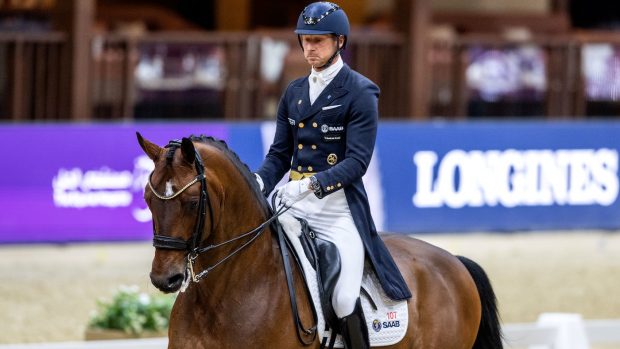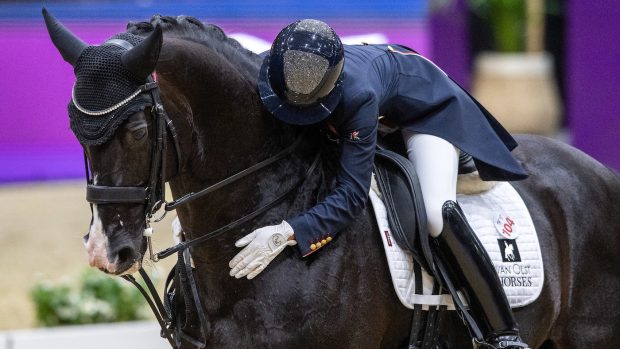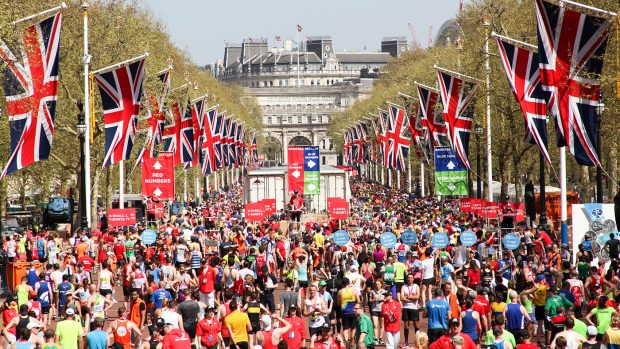The equestrian trade and sporting disciplines have hit out at the results of the Mark Davies Injured Riders’ Fund’s (MDIRF) controversial Equestrian New Hat Assessment Programme (ENHAP), which has criticised many of the hats currently on the market.
Fifty-five helmets were subjected to an initial side impact test, and of these, only 15 were considered to offer sufficient protection to go for further testing. Star ratings were then awarded depending on the level of protection offered.
The hats were divided into four categories: traditional velvet-covered designs; jockey skulls; lightweight – of the type popular with endurance riders – and modern, such as GPA show jumping hats.
Just one traditional hat, the Troxel Airwear Grand Prix Gold II, was awarded a two-star rating, while jockey skulls fared better: the Dublin NZ skull, Gatehouse Airflow and Charles Owen Competitor were all awarded three stars (the highest rating).
However, one skullcap failed the initial test and two others were considered to merit only a two-star rating.
All but one of the lightweight hats tested were awarded the top rating, while of the modern hats, only the Collins LPC-100 passed the initial test.
All the hats included in the tests have already been certified bythe British Standards Institute (BSI) or the European equivalent to (BS) EN 1384 and/or PAS 015 or to the American standard ASTM F1163 which includes penetration, shock absorption, harness strength and harness stability tests.
The British Equestrian Trade Association (BETA), which represents British hat manufacturers and importers, has dismissed the ENHAP results as “at best meaningless and at worst [likely to] cause greater rider confusion”.
BETA was also highly critical of the way the results were presented in a weekend edition of a national newspaper, which claimed that most riding hats “fail to protect” their wearers.
Dr Michael Whitlock, medical advisor to the European committee for sports protective equipment, says: “Since the European standard was introduced, research has shown that the hats have reduced the number and severity of head injuries. They work very well and it is worrying that the inference of the star system is that they don’t.”
However, Jane Davies, founder of the Mark Davies Injured Riders’ Fund, is convinced that the ENHAP results are a true reflection of the situation.
“These tests are truly independent. The information about which hats are safest is there, andif riders choose not to see it then that is up to them. It is now up to the governing bodies of equestrian sport to take this information on board and act to protect their members,” she says.
|
Read the full story, including the thoughts of the equestrian disciplines’ governing bodies, in this week’s Horse & Hound (12 June). Click here to find out how you could enjoy Horse & Hound delivered to your door every week at a discounted rate! |




